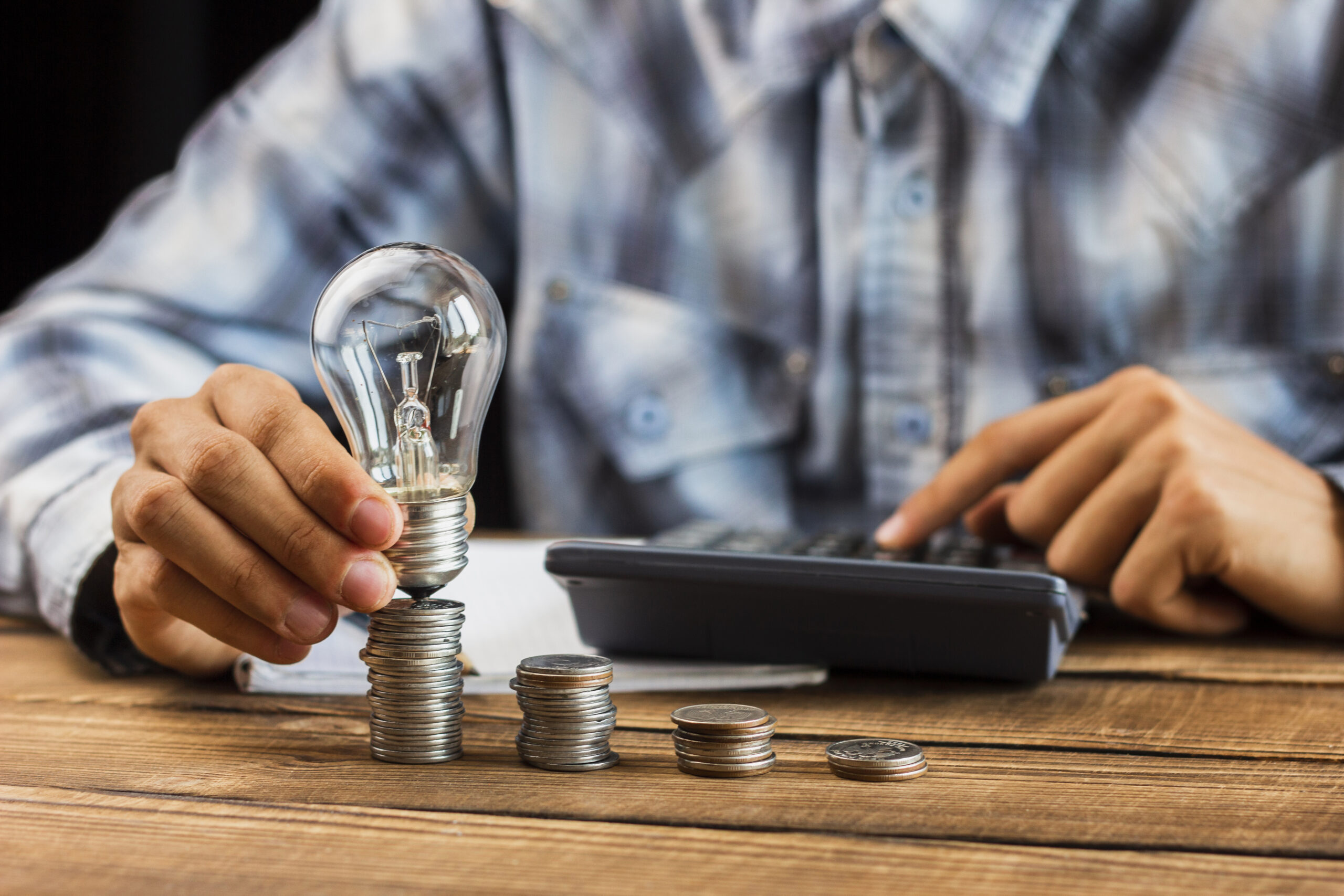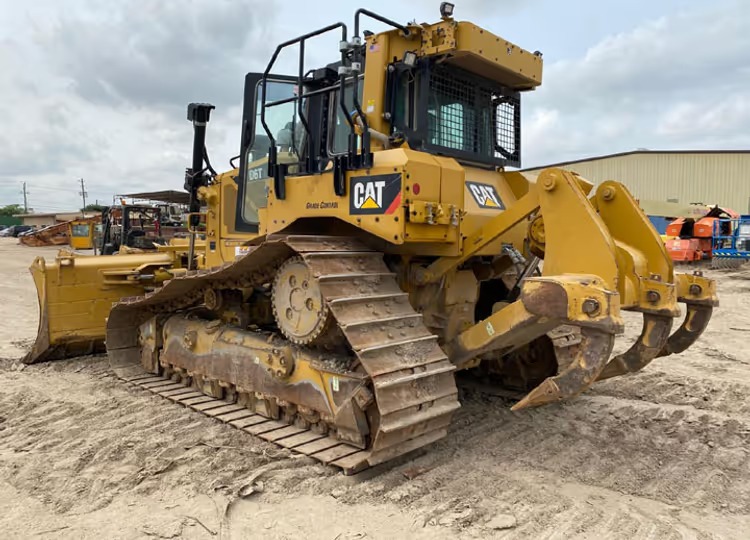Renovating your kitchen can be an exciting project, but it’s also an opportunity to think about the environment. By making eco-friendly choices during your kitchen renovation, you can reduce your environmental impact, save energy, and even lower your utility bills. In this blog, we’ll explore various ways you can make your kitchen renovation eco-friendly, from selecting sustainable materials to choosing energy-efficient appliances.
Note : Ready to transform your kitchen into an eco-friendly space? Contact us today for our Kitchen Renovation Service and let us help you create a beautiful, sustainable kitchen that’s good for your home and the environment
What Does It Mean to Have an Eco-Friendly Kitchen?

Understanding Eco-Friendly Practices
When we talk about an eco-friendly kitchen, we mean a space that minimizes harm to the environment. This involves making choices that reduce energy consumption, limit waste, and use sustainable resources. An eco-friendly kitchen is designed to conserve resources and promote a healthy living environment for you and your family.
Why an Eco-Friendly Kitchen Matters
Having an eco-friendly kitchen is not just about saving the planet; it’s also about creating a healthier space in your home. Traditional kitchens often contain materials and products that can emit harmful chemicals, but eco-friendly kitchens focus on reducing these toxins, improving air quality, and enhancing overall well-being. Plus, the energy savings can lower your bills over time.
Choosing Sustainable Materials for Your Kitchen
Cabinets and Countertops
When renovating your kitchen, one of the first things to consider is the materials you’ll use for cabinets and countertops. Look for materials that are sustainable and environmentally friendly.
- Bamboo: Bamboo is a fast-growing plant that regenerates quickly, making it a sustainable choice for cabinets and flooring. It’s strong, durable, and gives your kitchen a stylish, natural look.
- Recycled Materials: There are many countertops made from recycled materials, such as glass, paper, or aluminum. These materials are not only eco-friendly but also add a unique, modern touch to your kitchen design.
- Salvaged Wood: Reusing old wood is a great way to reduce the demand for new materials. Salvaged wood can give your kitchen a rustic or vintage feel while helping to preserve natural resources.
Flooring Options
The flooring you choose can also have a big impact on the environment. Here are a few eco-friendly flooring options:
- Cork: Cork is harvested from the bark of cork oak trees, which can be stripped without harming the tree. This makes cork a renewable resource. It’s also durable, comfortable to stand on, and has natural sound-insulating properties.
- Linoleum: Made from natural materials like linseed oil, wood flour, and jute, linoleum is biodegradable and comes in a variety of colors and patterns. It’s a great choice if you’re looking for an eco-friendly alternative to vinyl flooring.
- Reclaimed Wood: Like salvaged wood for cabinets, reclaimed wood for flooring helps reduce the need for new timber. It also adds character and warmth to your kitchen.
Energy-Efficient Appliances
Why Energy Efficiency Is Important
When renovating your kitchen, one of the biggest opportunities to go green is with your appliances. Modern, energy-efficient appliances use less water and electricity, reducing your carbon footprint and saving you money on utility bills.
Key Appliances to Consider
- Refrigerators: Energy-efficient refrigerators are designed to keep food cold while using less electricity. Look for models with the ENERGY STAR label, which meet strict energy performance standards set by the Environmental Protection Agency (EPA).
- Dishwashers: An energy-efficient dishwasher uses less water and electricity than older models. It also often has features like soil sensors, which adjust the water usage depending on how dirty the dishes are.
- Ovens and Stoves: Induction cooktops are an energy-efficient alternative to traditional gas or electric stoves. They heat up faster and use less energy because they transfer heat directly to the pot or pan, rather than heating the air around it.
Benefits of Energy-Efficient Lighting
Don’t forget about the lighting in your kitchen. Switching to energy-efficient LED bulbs can significantly reduce your energy consumption. LED bulbs last longer and use up to 75% less energy than traditional incandescent bulbs. Plus, they generate less heat, which can help keep your kitchen cooler.
Reducing Waste During Your Renovation
Proper Disposal of Old Materials
One of the biggest sources of waste during a renovation is old materials. Instead of sending everything to the landfill, consider ways to reduce, reuse, or recycle.
- Donate Old Cabinets and Appliances: Many charities will gladly accept gently used kitchen cabinets and appliances. By donating, you’re keeping these items out of the landfill and giving them a second life.
- Recycle Construction Waste: Materials like metal, wood, and concrete can often be recycled. Work with your contractor to separate recyclable materials during demolition.
- Reuse What You Can: If your existing cabinets or countertops are in good shape, consider refinishing or repainting them instead of replacing them. This will not only save resources but also cut down on the overall cost of your renovation.
Choosing Recycled or Reclaimed Materials
As we mentioned earlier, choosing recycled or reclaimed materials for your renovation can reduce waste and lower the demand for new resources. Look for products made from recycled glass, metal, or reclaimed wood to give your kitchen a sustainable edge.
Water Conservation in the Kitchen
Installing Low-Flow Fixtures
Water is a precious resource, and there are several ways to conserve it during your kitchen renovation. One of the easiest ways to save water is by installing low-flow fixtures, such as faucets and dishwashers.
- Low-Flow Faucets: These faucets use aerators to mix air with water, reducing water flow without sacrificing pressure. This can significantly reduce water waste in your kitchen.
- Water-Efficient Dishwashers: Look for dishwashers with the ENERGY STAR label, which use less water than older models. Some dishwashers also have eco-wash settings that use even less water for smaller loads.
Preventing Leaks
Leaks can waste a surprising amount of water over time. Make sure that all of your plumbing is in good shape, and fix any leaks as soon as you notice them. Regularly checking for leaks and repairing them promptly can help conserve water and prevent damage to your kitchen.
Eco-Friendly Paint and Finishes
Choosing Non-Toxic Paint
Many traditional paints contain harmful chemicals called volatile organic compound (VOC), which can release toxic fumes into the air. These fumes can be harmful to both your health and the environment. When renovating your kitchen, choose non-toxic, low-VOC, or zero-VOC paint options. These paints are safer to use and don’t release harmful chemicals into your home.
Eco-Friendly Finishes for Cabinets and Furniture
If you’re refinishing your cabinets or furniture, look for eco-friendly stains and finishes. Many traditional wood finishes contain chemicals that can be harmful to the environment, but there are now many natural, water-based options available. These finishes are not only better for the environment, but they also produce fewer fumes, making them safer for you and your family.
Maximizing Natural Light
The Benefits of Natural Light
Natural light not only makes your kitchen feel more open and welcoming, but it also reduces the need for artificial lighting during the day. By maximizing the amount of natural light in your kitchen, you can save energy and create a brighter, more enjoyable space.
How to Increase Natural Light
- Install Larger Windows: If possible, consider installing larger windows or adding a skylight to bring more natural light into your kitchen.
- Use Light Colors: Light-colored walls, cabinets, and countertops can reflect natural light, making your kitchen feel brighter and more spacious.
- Remove Barriers: Open shelving and glass cabinet doors can help light flow more freely through your kitchen.
Composting and Recycling in Your New Kitchen
Setting Up a Composting Station
If you want to make your kitchen truly eco-friendly, consider setting up a composting station. Composting food scraps reduces the amount of waste sent to the landfill and creates nutrient-rich soil for your garden.
- Composting Bins: Many modern kitchens now include built-in composting bins, making it easy to separate food scraps from other waste.
- What to Compost: You can compost fruit and vegetable scraps, coffee grounds, eggshells, and more. However, avoid composting meat, dairy, and oily foods, as they can attract pests.
Making Recycling Easy
An eco-friendly kitchen should also make it easy to recycle. Set up designated bins for paper, plastic, glass, and metal, and label them clearly to encourage everyone in the household to recycle properly. By making recycling a part of your daily routine, you can reduce waste and help protect the environment.
Conclusion
Renovating your kitchen is a great opportunity to make eco-friendly choices that benefit both the environment and your household. From choosing sustainable materials to installing energy-efficient appliances, there are many ways you can reduce your environmental impact during your renovation. By following the tips in this blog, you can create a beautiful, functional, and eco-friendly kitchen that you’ll love for years to come. Making these changes not only helps the planet but also creates a healthier, more sustainable home for you and your family.
For more insightful articles related to this topic, feel free to visit : viewsparrow.com











